I strongly suspect that most people who read this blog also subscribe to the OED’s word of the day as I have done for some years. Many times, the OED’s word of the day is ‘archaic,’ having been sadly ejected from common parlance by the barbarities of linguistic change. Such ejections are the reason why we weed our gardens when we’d all really rather go out and aberuncate the hell out of that doggone Canada thistle that has somehow managed to resurrect itself for the third summer in a row!
Other times, rather than ‘rare and archaic,‘ the word of the day has the more valedictory categorization of ‘obsolete‘. I define obsolete as ‘given short-shrift and utterly deserving of revitalisation’. Doubtless, I do so partly out of self-defense because these are not infrequently words I still use. (I do not even try to keep up with the cultural memos on such things.)
 Some times, the OED selects words that I’ve never seen before and never, ever, ever want to forget. Here, for example, is one of my favorites from some time back:
Some times, the OED selects words that I’ve never seen before and never, ever, ever want to forget. Here, for example, is one of my favorites from some time back:
† morigerous, adj. Obedient, compliant, submissive. Also figurative.
Origin: A borrowing from Latin, combined with an English element. Etymons: Latin mōrigerus, -ous suffix.
Etymology: < classical Latin mōrigerus compliant, obliging ( < mōr-, mōs custom (see moral adj.) + -gerus (see -gerous comb. form), after mōrem gerere to humour or comply with the wishes of a person) + -ous suffix. Compare earlier morigerate adj.
If ever a word deserved a linguistic defribillator! Here are a few examples, for the work of resusciation:
“Good heavens, Julia! Why can’t you be morigerous like your sister?”
“Years of eye-rolling and impatient sighs on the part of his spouse led Mr. Henry to stifle a lightening quick wit and tendency to pun. Humiliated into a morigerous state that better suited her tastes and inclinations, Mr. Henry was the lesser for the change, as indeed was the world about him.”
Now, there are of course the days when OED’s word is not so much obsolete as underused. This was the case with one of my all-time favorite words of the day which also happens to come from one of my favorite Dickens’ novels (not my absolute favorite–that would be Little Dorrit, but Our Mutual Friend is way up there). Those in the academic world will instantly recognize this word’s applicability both to a particular species of undergraduate and certain faculty colleagues.
Podsnappery, n. The characteristic behaviour or attitudes of Dickens’s Mr Podsnap; insular complacency and blinkered self-satisfaction. Etymology: < the name of John Podsnap (see Podsnap n.) + -ery suffix.
For examples, one cannot do better than to quote John Podsnap’s creator:
1864 C. Dickens Our Mutual Friend (1865) I. i. xi. 98 “These may be said to have been the articles of a faith and school which the present chapter takes the liberty of calling, after its representative man, Podsnappery.”
To this, I add:
“Marguerite’s fork hung suspended in mid-air. Only a life-time of good manners kept her jaw from dropping. She couldn’t remember the last time she’d encountered such podsnappery. Not on a first date, at any rate. She might have remained in that stupor well beyond the bounds of good manners had not the cauliflower on her fork decided it could endure no more suspense. It jumped.”
Vivat lætitia verborum.
NB Aberuncate has not–to the best of my knowledge–ever been a word of the day for the OED, but I couldn’t resist using it as it is one of those highly satisfying words that–like its synonym extirpate–does most ably “suit the action to the word, the word to the action”.

 The other day as we were strolling through the magnificent passages of the medieval Nasrid palace of the Alhambra, one of my sisters said that if felt like time traveling to walk through the passages. It was like being thrown into the stories we had read as children. I understood what she meant. When strolling through a medina in Meknes several years ago, I stood and watched upon a storyteller weave his magic around the gathered crowd. Between the sounds, smells, responses of the crowd, the whole brought to life the opening of one of my favorite childhood stories, Eleanor Hoffman’s Mischief in Fez. It was a pleasant sort of illusion–equal parts personal nostalgia and fairy tale.
The other day as we were strolling through the magnificent passages of the medieval Nasrid palace of the Alhambra, one of my sisters said that if felt like time traveling to walk through the passages. It was like being thrown into the stories we had read as children. I understood what she meant. When strolling through a medina in Meknes several years ago, I stood and watched upon a storyteller weave his magic around the gathered crowd. Between the sounds, smells, responses of the crowd, the whole brought to life the opening of one of my favorite childhood stories, Eleanor Hoffman’s Mischief in Fez. It was a pleasant sort of illusion–equal parts personal nostalgia and fairy tale. If it’s true that the ceiling in that Hall was made to symbolize the seven heavens, then the placement of the throne in this room makes child’s play of the whole “divine right of kings.” For this reason, I suppose the echoes of death and power were perhaps more true than the echoes of poetry in the gardens. The past of fortresses and fortifications is more truly grounded in blood and bone than anything else. If you want a sobering read of the history of the Alhambra, keep going with the aforementioned history by Irwin. It washes away some of that sepia patina of fairy tale pretty quickly.
If it’s true that the ceiling in that Hall was made to symbolize the seven heavens, then the placement of the throne in this room makes child’s play of the whole “divine right of kings.” For this reason, I suppose the echoes of death and power were perhaps more true than the echoes of poetry in the gardens. The past of fortresses and fortifications is more truly grounded in blood and bone than anything else. If you want a sobering read of the history of the Alhambra, keep going with the aforementioned history by Irwin. It washes away some of that sepia patina of fairy tale pretty quickly.

















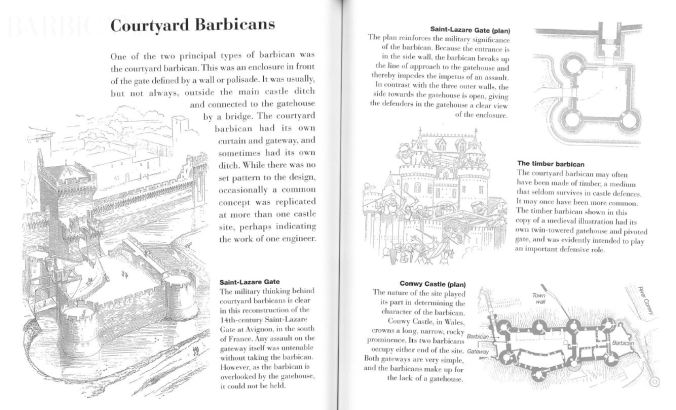 All straight? Good. This is more important knowledge than you can imagine.
All straight? Good. This is more important knowledge than you can imagine.





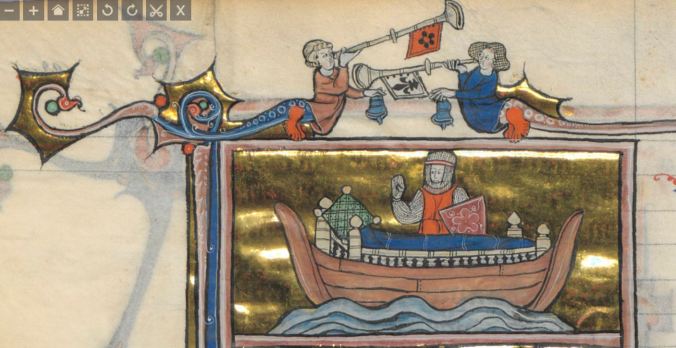
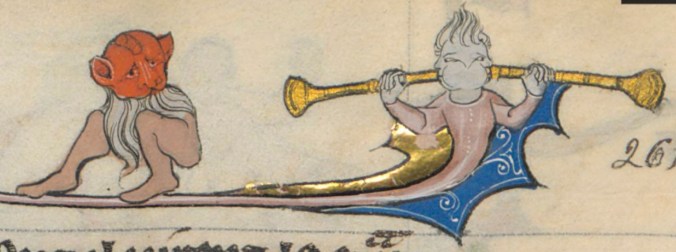
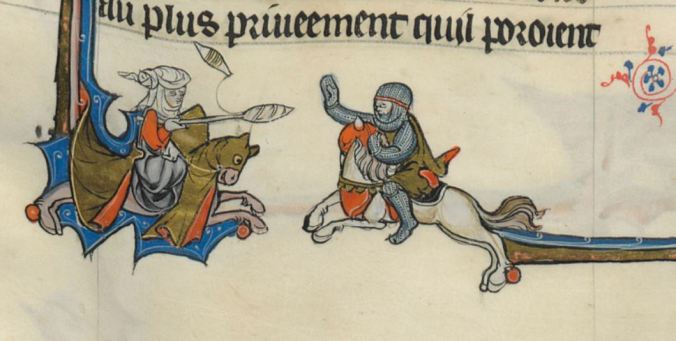






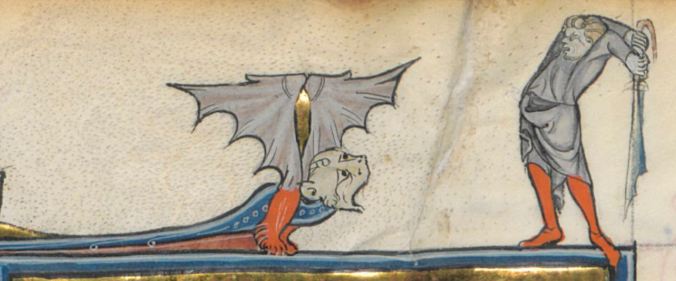






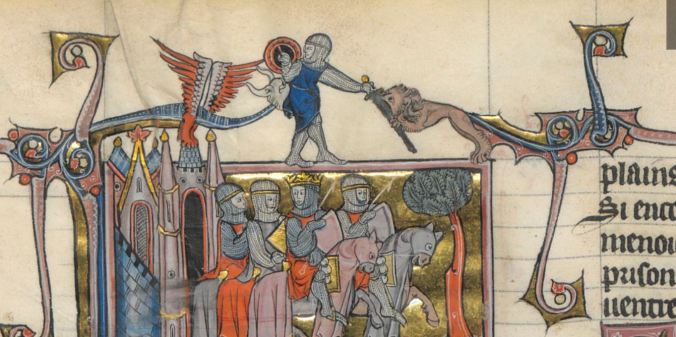







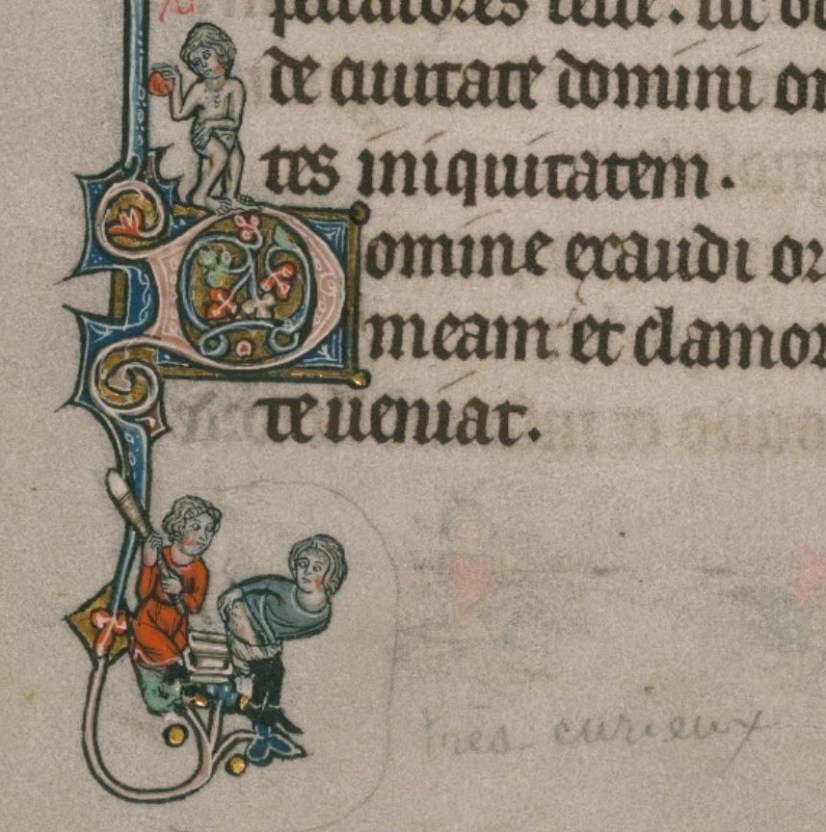







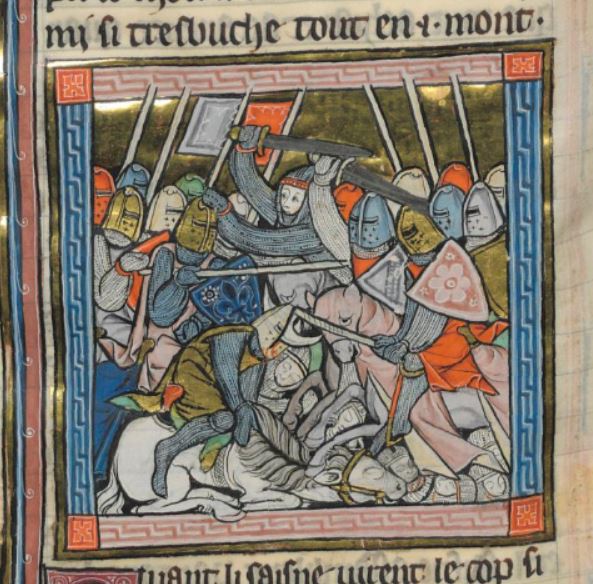

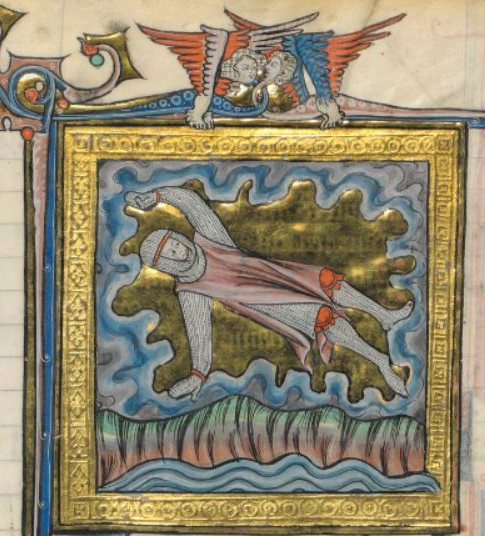

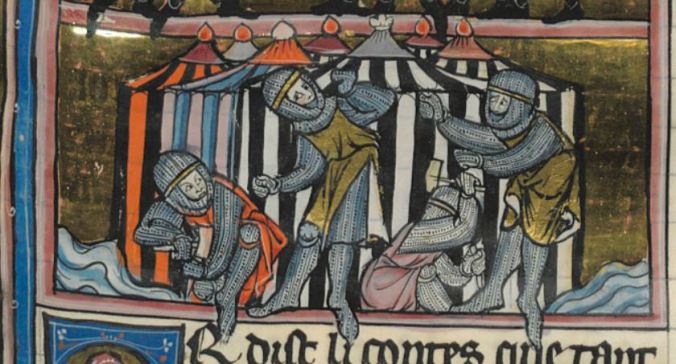




 Both my parents read to my sisters and I as children, but my father spun us his own stories as well. Every daughter had her own stories. Mine were the adventures of Baby Ruth and her father. They went hiking and encountered rattlesnakes. They saw wolves. They shared the outdoors my father loved, but had so little time to spend in.
Both my parents read to my sisters and I as children, but my father spun us his own stories as well. Every daughter had her own stories. Mine were the adventures of Baby Ruth and her father. They went hiking and encountered rattlesnakes. They saw wolves. They shared the outdoors my father loved, but had so little time to spend in.








